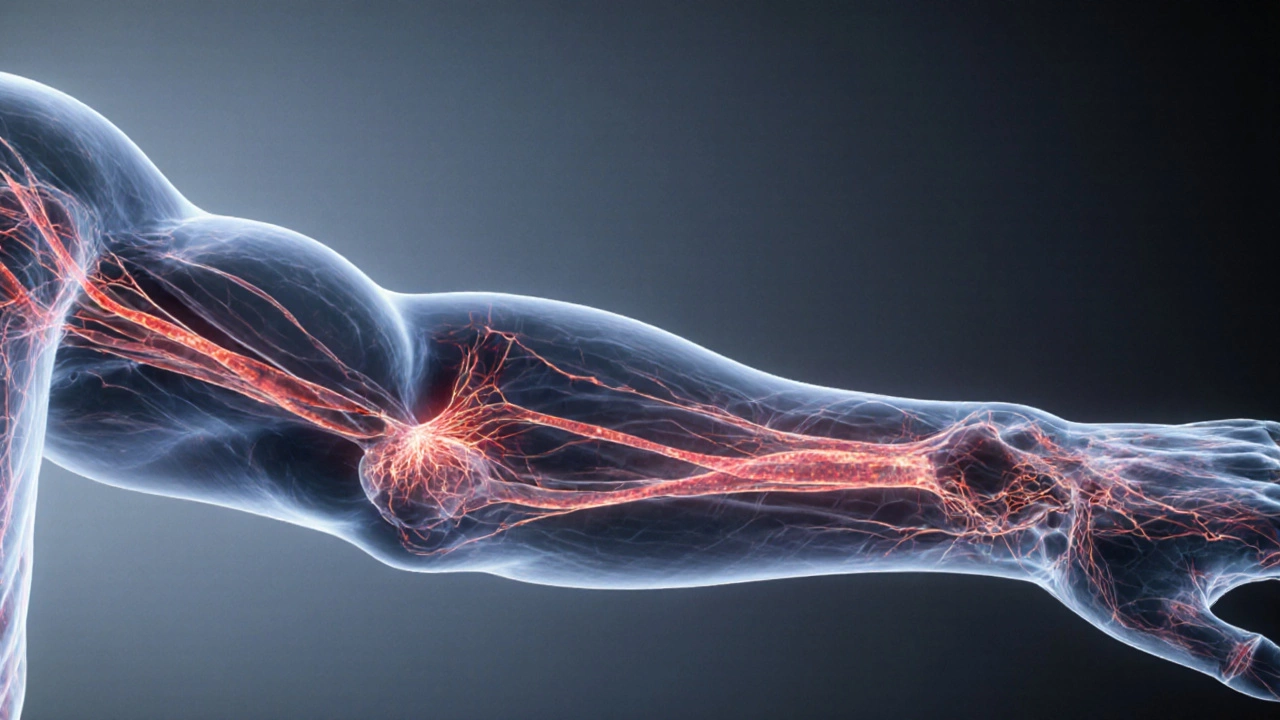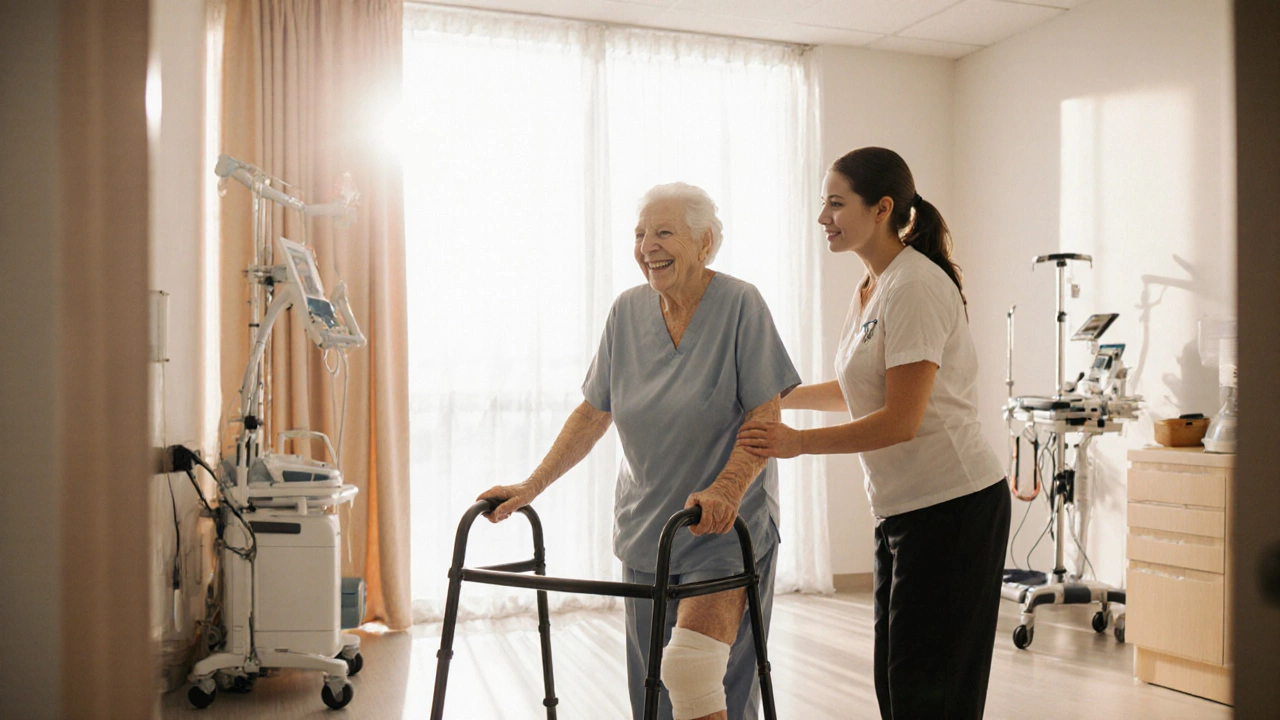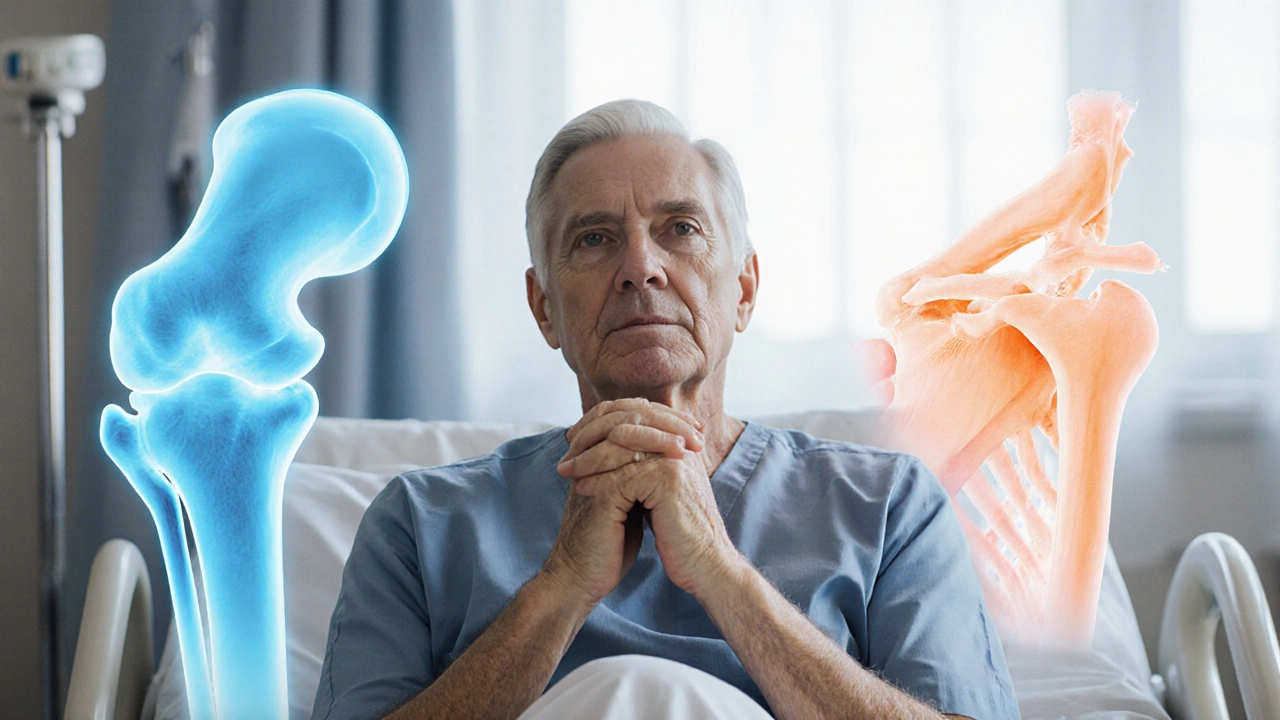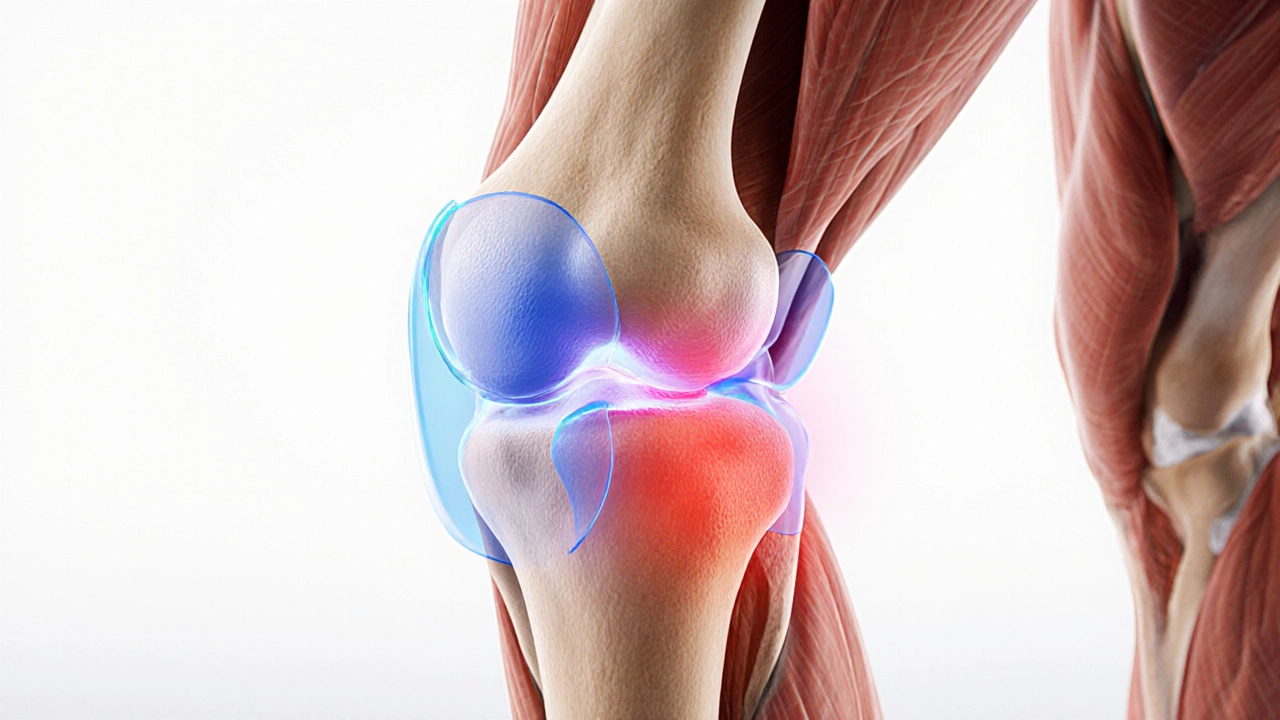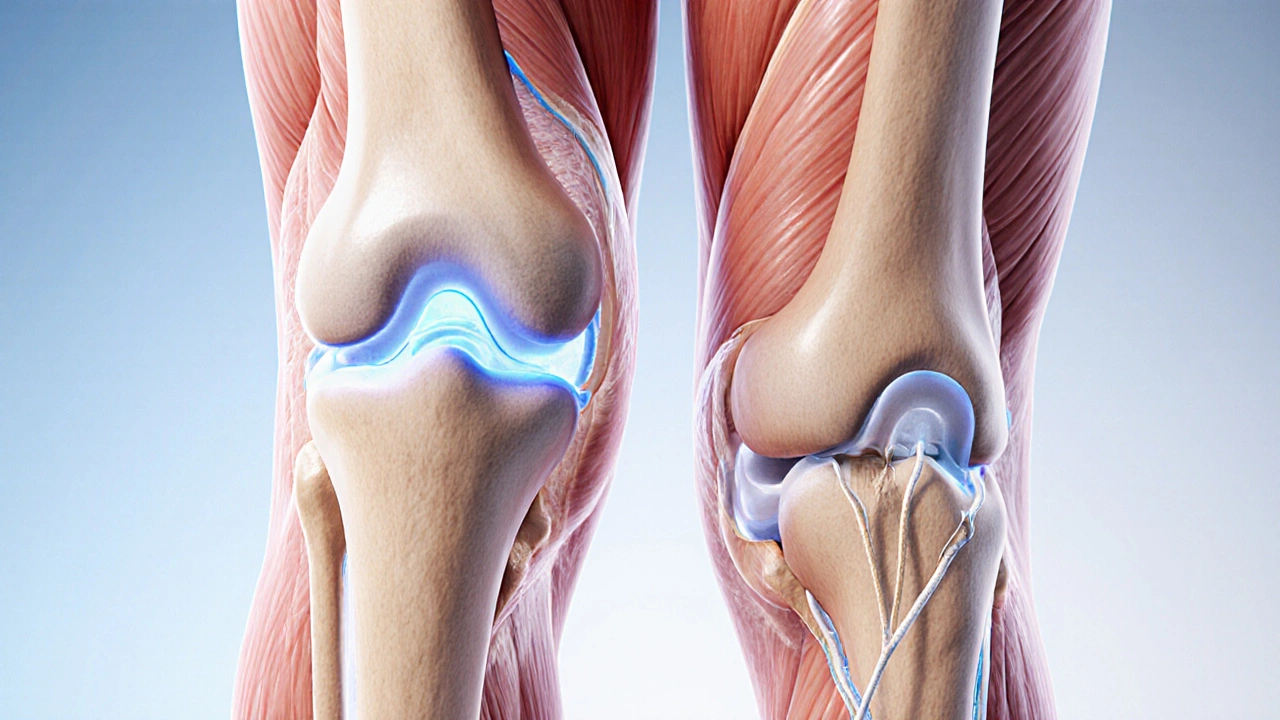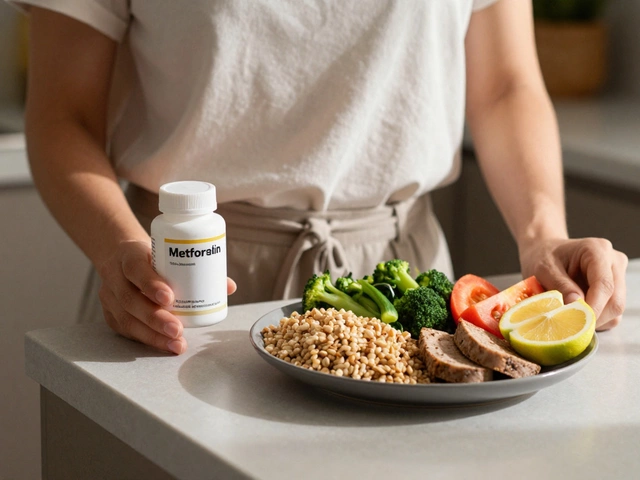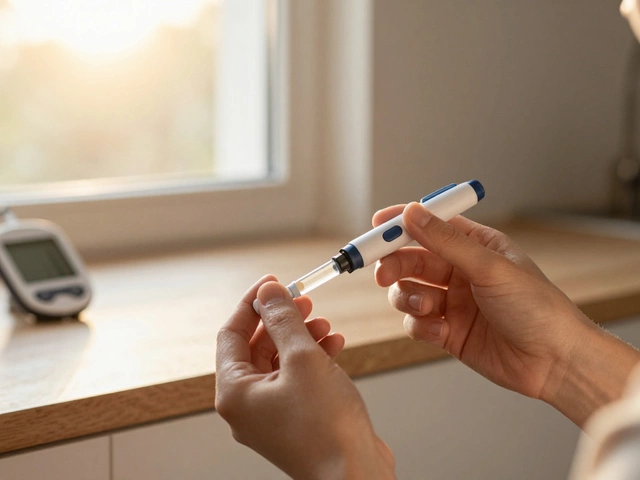Orthopedics – Your Go‑to Guide for Bones, Joints, and Recovery
Welcome to the orthopedics hub. Whether you’re facing knee surgery, nursing a broken femur, or just want to keep your joints happy, you’ve landed in the right spot. We keep the medical jargon low and the useful tips high, so you can understand what’s happening and how to act.
Every article on this page is written for people who need straight answers, not endless theory. Below you’ll find quick overviews of the most common concerns – from the toughest days after a knee replacement to the secret behind why the femur is a stubborn bone to heal. Let’s cut to the chase and give you the info you need right now.
Knee Replacement: What to Expect
Knee replacement is a major step, and the recovery timeline can feel like a roller coaster. Most folks hit a rough patch on days 2‑3 – swelling spikes, pain sharpens, and the urge to quit rehab creeps in. Knowing this is the “hardest day” helps you plan: keep pain meds ready, use ice packs, and have a friend or family member on standby for short walks.
Shower timing is another hot question. The wound needs a dry environment for the first 48‑72 hours. After that, gentle rinsing with lukewarm water is safe, but avoid direct spray on the incision. A hand‑held shower head works wonders.
If you’re wondering whether knee replacement is right for you, the key is severity. When daily activities – climbing stairs, walking a block, or getting out of a chair – become painful despite physio, it’s a sign the joint has crossed the line. Doctors look at X‑rays, range of motion, and how pain interferes with life before recommending surgery.
Bone Healing & Joint Pain Tips
The femur tops the list of “hardest bones to heal” because it’s the longest and bears the most weight. Blood supply, fracture type, and patient age all play a role. To speed healing, focus on nutrition (calcium, vitamin D, protein), quit smoking, and follow weight‑bearing guidelines from your surgeon.
Joint pain doesn’t always need an operation. Over‑the‑counter painkillers, targeted exercises, and lifestyle tweaks can hold the line for years. For arthritis, options range from NSAIDs to topical creams and even low‑impact activities like swimming. Just keep the joint moving – stiffness only makes things worse.
Not everyone qualifies for total knee replacement. Severe heart disease, uncontrolled diabetes, or active infections can disqualify you. Age alone isn’t a deal‑breaker; a healthy 70‑year‑old may be a better candidate than a 55‑year‑old with multiple comorbidities.
Recovery isn’t a free‑for‑all. Your body needs rest days – usually the first week after surgery – before you ramp up physiotherapy. Too much motion too soon can damage the implant, while too much rest slows muscle rebuilding. Aim for a balanced schedule: short, guided exercises mixed with proper rest.
Feeling pain after bone surgery is normal, but the intensity varies. Anesthesia and nerve blocks handle most of the intra‑operative pain, while post‑op pain is managed with a mix of oral meds and ice. If pain spikes unexpectedly, call your surgeon – it could signal infection or a problem with the hardware.
Bottom line: orthopedics isn’t about living in fear of broken bones or aching joints. It’s about getting the right facts, using simple habits, and knowing when to seek professional help. Browse the articles below for deeper dives into each topic, and take charge of your bone and joint health today.

